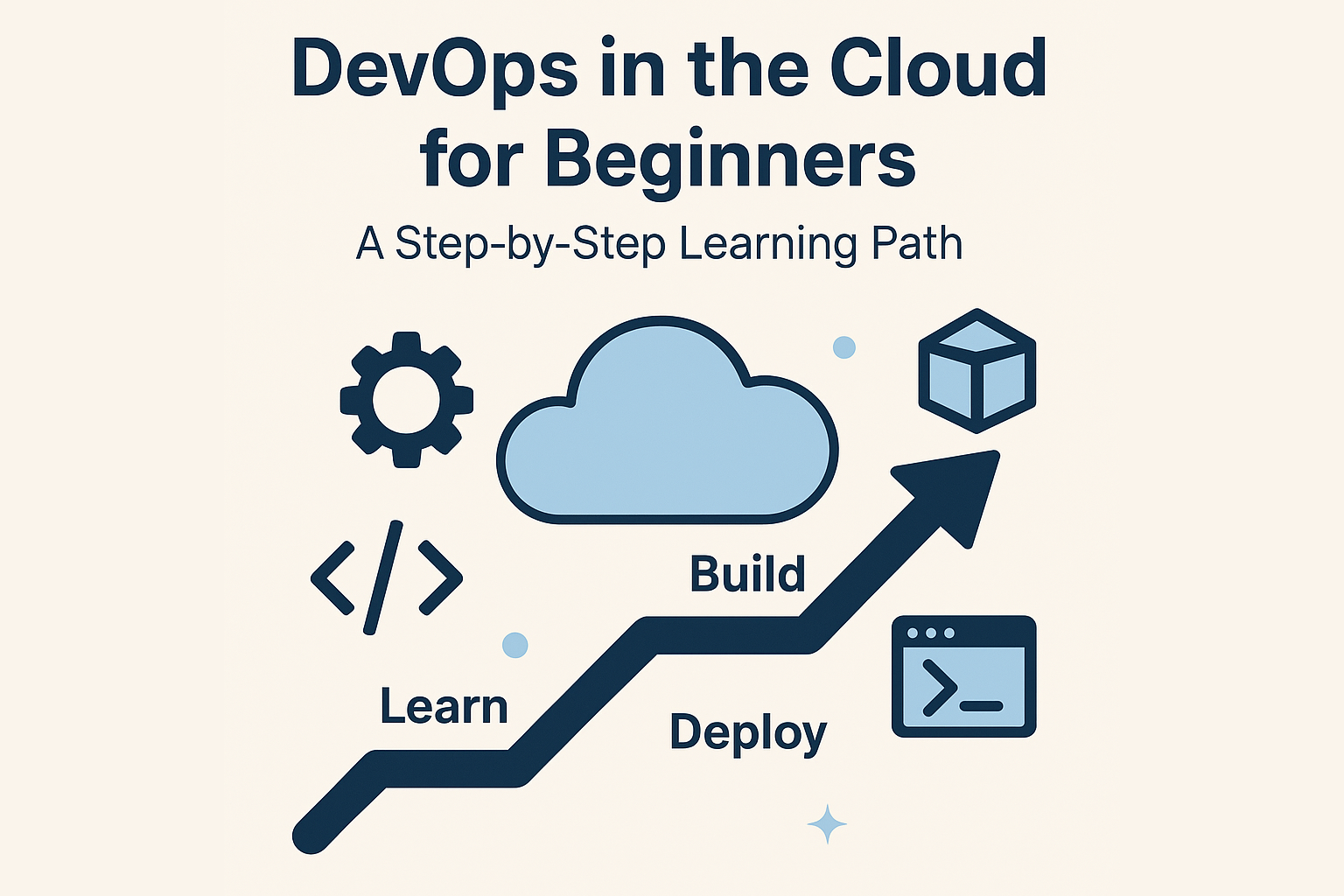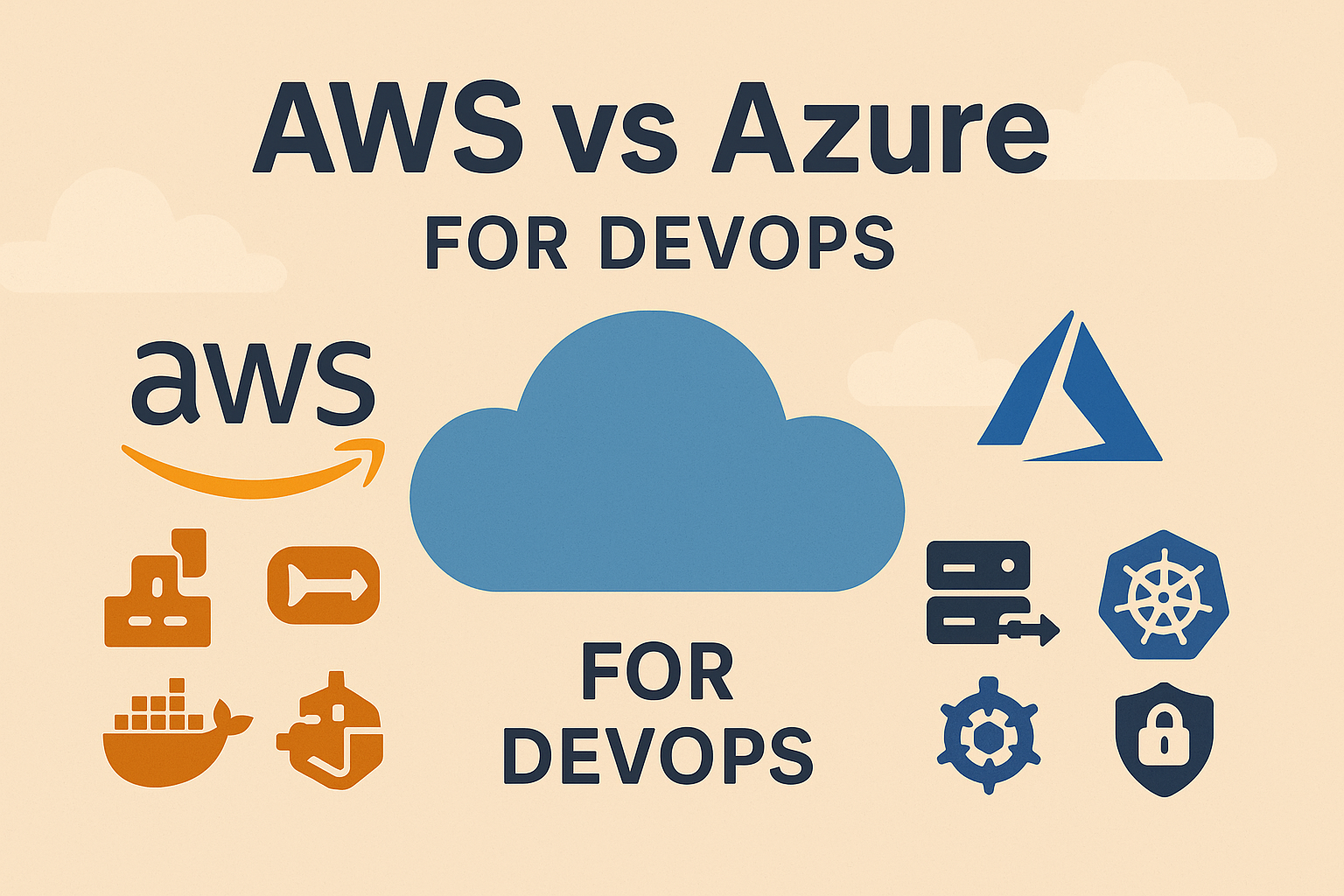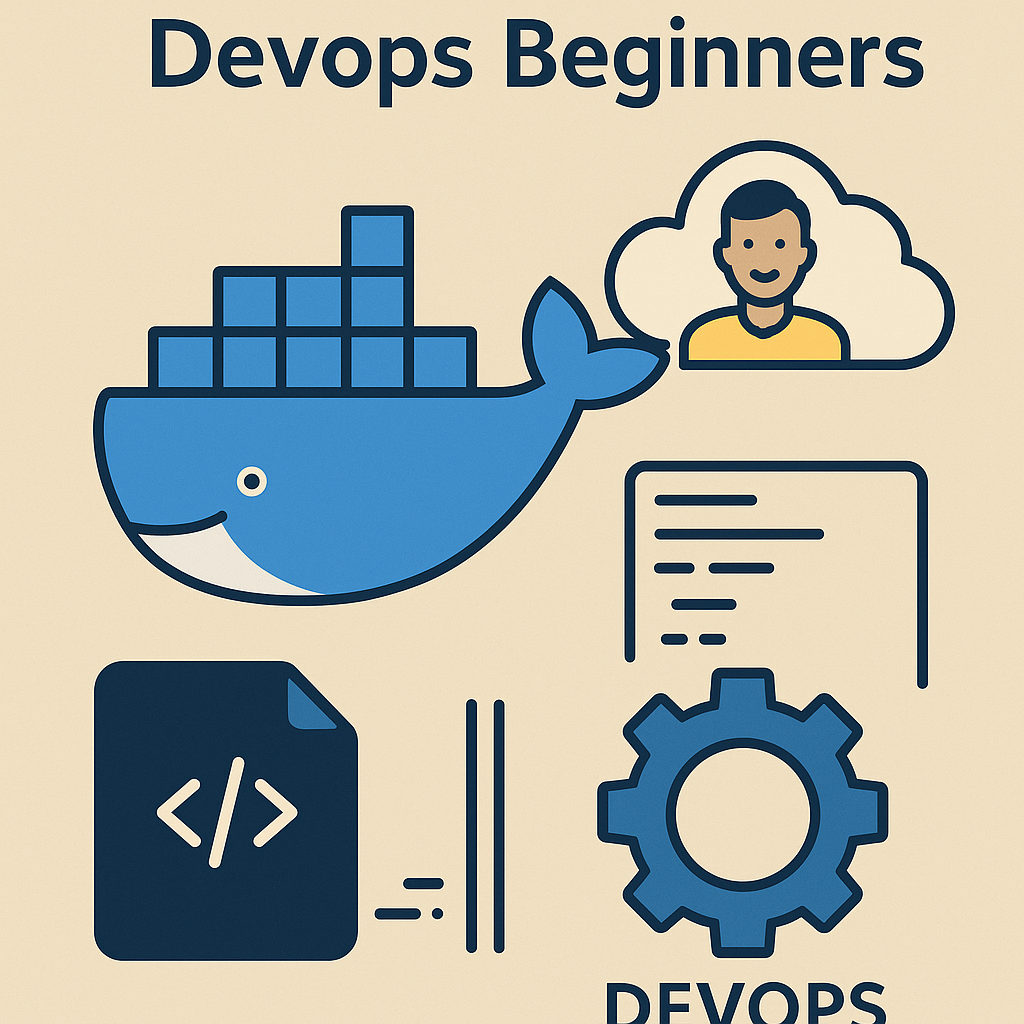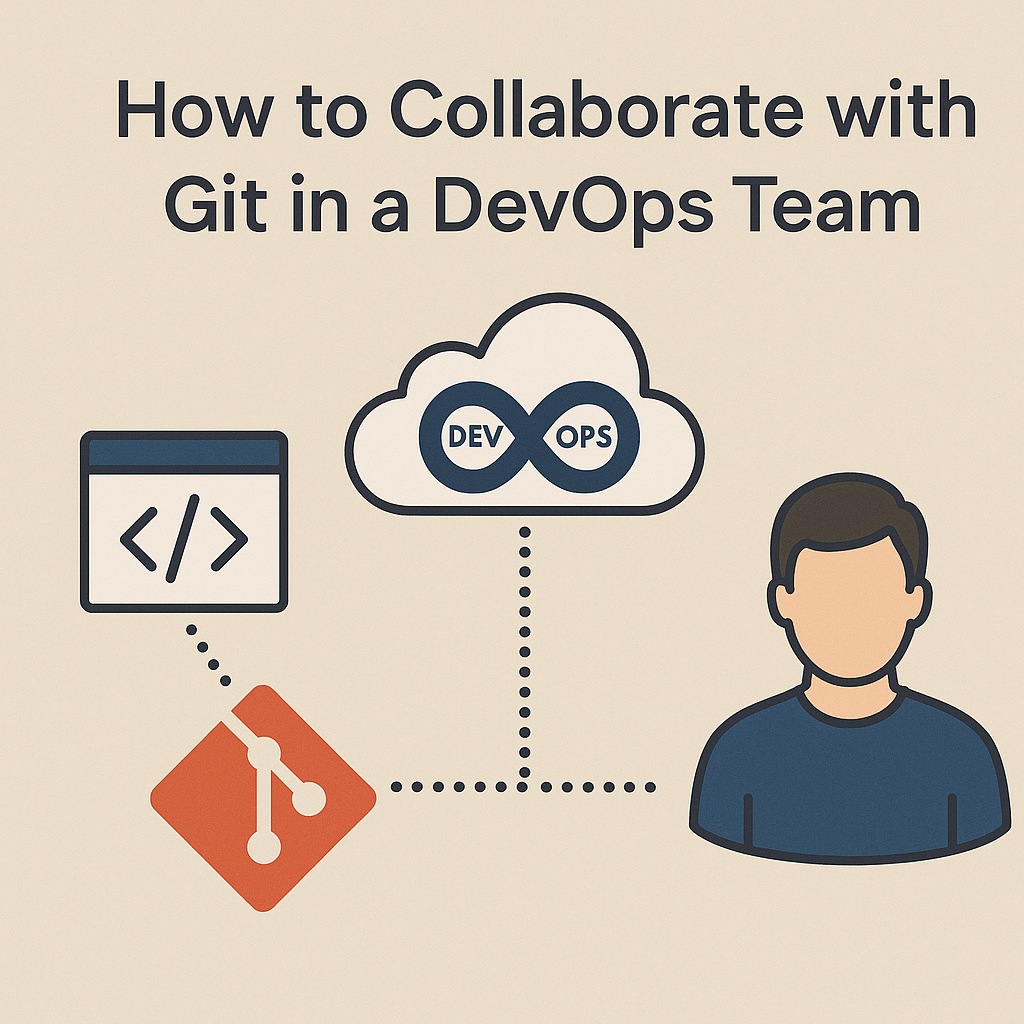Terraform Basics for DevOps on AWS
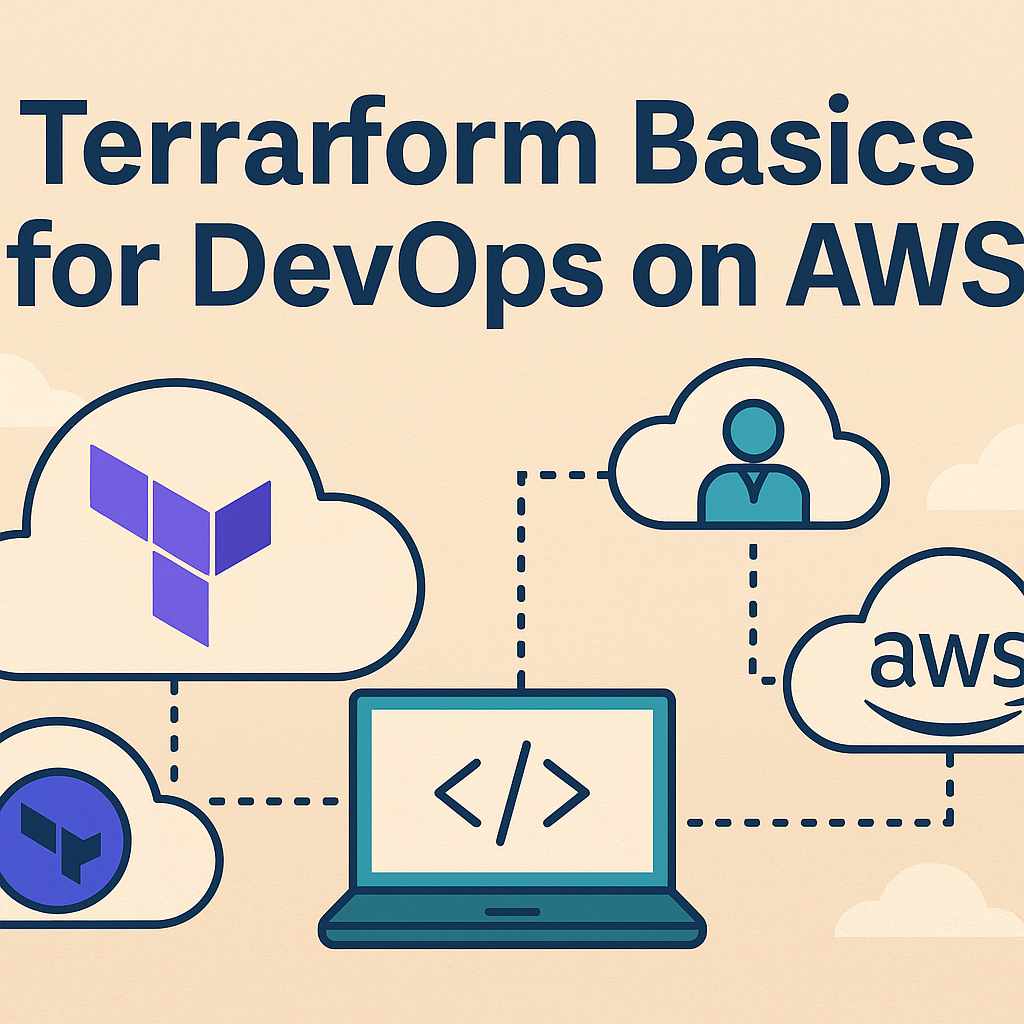
If you’re diving into DevOps in the cloud, learning Infrastructure as Code (IaC) is essential – and Terraform is one of the most powerful tools to do it. This guide introduces Terraform Basics for DevOps on AWS to help you understand the fundamentals of using Terraform for provisioning and managing AWS infrastructure as part of your DevOps workflow.
What is Terraform?
Terraform is an open-source tool developed by HashiCorp that allows you to define and manage infrastructure using configuration files written in HCL (HashiCorp Configuration Language). It’s cloud-agnostic but widely used with AWS.
Why Use Terraform in DevOps?
- Repeatability: Create predictable, consistent environments across dev, staging, and production, making it ideal for understanding Terraform Basics for DevOps on AWS.
- Version Control: Store infrastructure definitions alongside application code in Git.
- Automation: Integrate into CI/CD pipelines for fully automated provisioning.
- Visibility: Track what resources are being created or changed before execution.
Key Concepts in Terraform
- Provider: Tells Terraform which cloud or service to interact with (e.g., AWS).
- Resource: Defines an infrastructure component like an EC2 instance or S3 bucket. Understanding Terraform Basics for DevOps on AWS involves mastering these key concepts.
- Module: Reusable configuration blocks.
- State File: Tracks the current state of your infrastructure.
Setting Up Terraform for AWS
1. Install Terraform
Download from the Terraform website and add it to your system path.
2. Configure AWS Credentials
export AWS_ACCESS_KEY_ID=your_key
export AWS_SECRET_ACCESS_KEY=your_secretOr use the AWS CLI aws configure.
3. Create a Terraform Configuration File main.tf
provider "aws" {
region = "us-east-1"
}
resource "aws_s3_bucket" "my_bucket" {
bucket = "my-terraform-bucket-example"
acl = "private"
}4. Initialize, Plan, and Apply
terraform init # Initialize the working directory
terraform plan # Preview the infrastructure changes
terraform apply # Apply the changes to AWSBBest Practices for Terraform in DevOps
- Use remote state storage (e.g., S3 + DynamoDB) for team collaboration.
- Always run
terraform planbeforeapply. - Use .tfvars files for variable management.
- Integrate with CI/CD to automate infrastructure deployment.
When to Use Terraform in Your DevOps Lifecycle
- Provisioning environments before deployment, especially when focusing on Terraform Basics for DevOps on AWS.
- Managing infrastructure drift with automation
- Tearing down test environments efficiently
Final Thoughts
Terraform gives DevOps teams the power to manage cloud infrastructure reliably and at scale. With a declarative approach and strong support for AWS, it fits naturally into modern DevOps practices.
Want to learn more about cloud tooling? Start with our DevOps in the Cloud for Beginners guide, which complements your understanding of Terraform Basics for DevOps on AWS.

